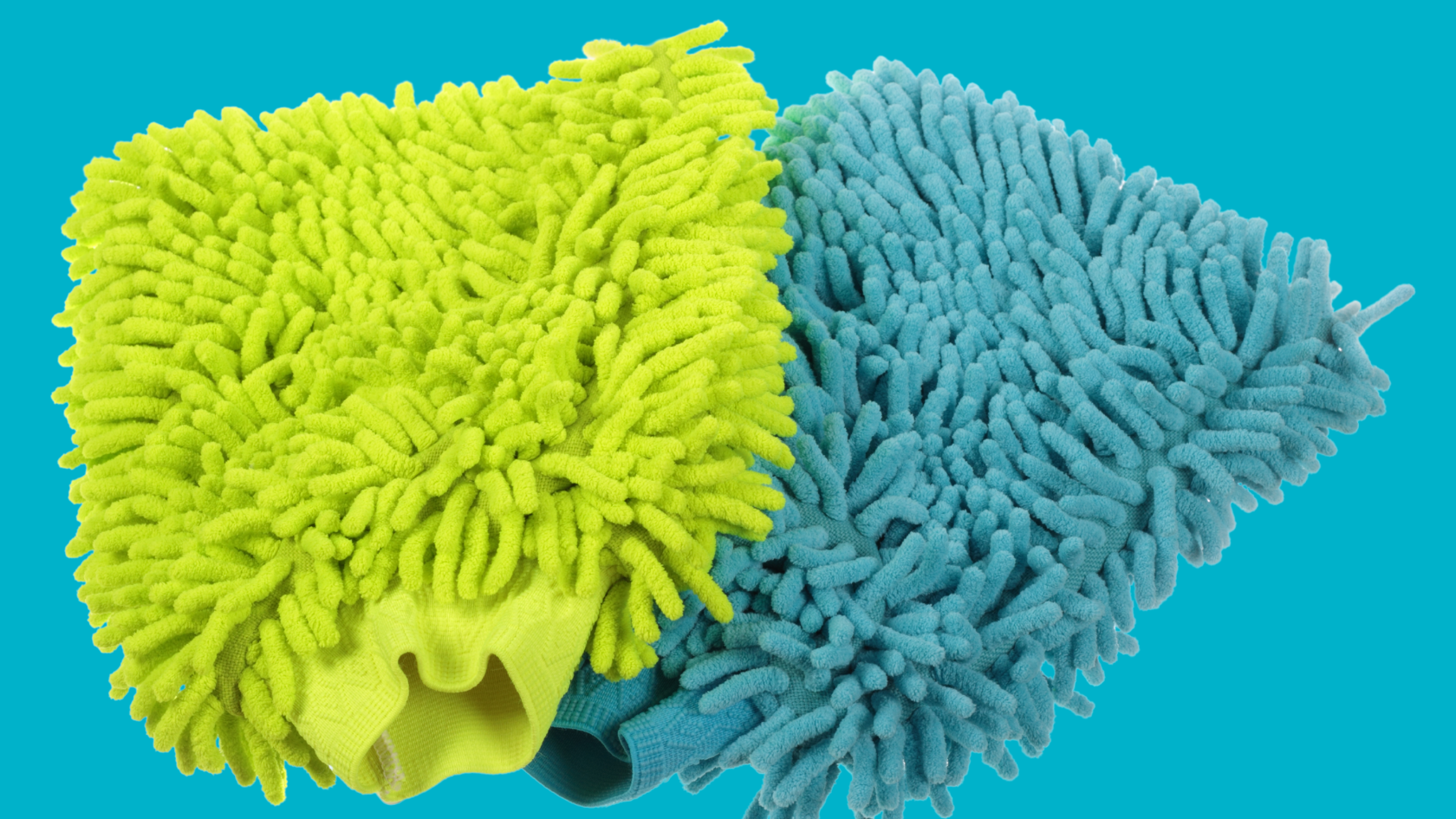Care Guide for Wash Mitts: How To Wash and Store
March 2, 2023
Wash mitts are a popular accessory for car enthusiasts and detailers, providing a convenient and effective way to clean your vehicle's exterior without scratching the paint or leaving swirl marks. However, after repeated use, wash mitts can accumulate dirt, grime, and other contaminants, reducing their cleaning power and potentially damaging your car's finish. To avoid these issues, it's essential to know how to wash and store your wash mitts correctly. In this guide, we'll provide you with practical tips on how to clean and maintain your wash mitts, so they remain in excellent condition and provide you with optimal cleaning performance.
WASH FREQUENCY
After every use
STORAGE METHOD
Fold
The Right Way To Wash Wash Mitts
Wash mitts are a useful tool for washing cars, pets, or other household items. To keep your wash mitts clean and effective, it's important to wash them regularly. Here are some steps to wash your wash mitts:
Machine Washing Wash Mitts
- Check the care label to see if the wash mitt is machine washable.
- Remove any loose dirt or debris from the wash mitt.
- Place the wash mitt in a mesh laundry bag to protect it from getting tangled or stretched during the wash cycle.
- Wash the wash mitt on a gentle cycle using cold or warm water. Avoid hot water as it can shrink or damage the fabric.
- Add a small amount of mild detergent according to the package instructions.
- After the cycle is finished, remove the wash mitt from the mesh bag and let it air dry. Avoid using the dryer as it can damage the fabric.
If the care label indicates that the wash mitt should be hand washed, follow these steps:
- Fill a sink or basin with cool or lukewarm water and add a small amount of mild detergent.
- Submerge the wash mitt in the water and gently scrub it with your hands. You can also use a soft brush to remove any dirt or debris.
- Rinse the wash mitt thoroughly under running water to remove all the soap.
- Gently squeeze out the excess water. Avoid twisting or wringing the wash mitt as it can damage the fabric.
- Hang the wash mitt to air dry. Avoid using the dryer as it can damage the fabric.
Wash mitts are typically not dry cleanable. If the care label on your wash mitt says "Dry Clean Only," do not attempt to wash it at home as it may damage the fabric or color. Instead, follow the care instructions for handwashing or machine washing, if applicable.
How Often To Wash Wash Mitts
Wash mitts are used to wash the body and can harbor bacteria. Washing them after every use prevents odors and bacteria buildup.

The Right Way To Store Wash Mitts
How to Fold Wash Mitts:
- Lay the wash mitt on a flat surface with the opening facing down.
- Fold the wash mitt in half horizontally, with the thumb area at the top.
- Fold the wash mitt in half vertically, bringing the bottom edge up towards the top.
Expert Advice for Maintaining The Quality Of Your Wash Mitts
To keep your wash mitts in top shape, there are a few practical tips you can follow. First, it's important to wash them after every use to prevent odors and bacteria buildup. Additionally, avoid washing wash mitts with heavy or abrasive materials, such as towels or denim, which can cause pilling or damage to the fabric. Instead, wash them with similar materials to reduce friction and protect the fabric. It's also a good idea to secure any closures, such as velcro straps, to prevent snagging or damage to the fabric. Investing in mesh bags or a proper drying rack can help reduce wear and tear during the washing and drying process, especially for delicate wash mitts. It's recommended to air dry wash mitts instead of using the dryer whenever possible to prevent shrinkage or damage to the fabric. Finally, following the care label instructions is crucial to keeping wash mitts in top shape, so always refer to the manufacturer's recommendations for best results.
DISCLAIMER
Just a friendly reminder that this care guide for wash mitts only provides general advice. Your wash mitts may have specific care requirements based on its material, style, and manufacturer instructions, so always check the care label before washing or storing it. If you're unsure about anything, it's always best to consult a professional cleaner. Please note that the author of this guide is not responsible for any damages or losses resulting from the use or misuse of any information from this blog.
Want to share this?
